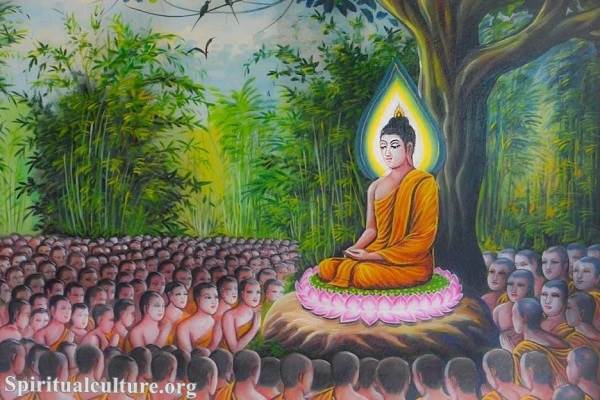Ignorance refers to a lack of understanding of the true nature of reality, which leads to a mistaken belief in a permanent, separate self. This mistaken belief leads to attachment to things we think will bring us happiness, such as wealth, fame, or pleasure. However, these things are impermanent and can never bring lasting happiness. Instead, they often lead to suffering when we lose them or when they don’t live up to our expectations.
Aversion, on the other hand, is the opposite of attachment. It is the feeling of dislike or aversion towards things that we think will bring us pain or suffering. Aversion can also cause suffering, as it leads to a state of constant avoidance or resistance towards certain experiences or things.

The Buddha taught that the only way to end suffering is to understand reality’s true nature and let go of ignorance, attachment, and aversion. This can be achieved through mindfulness, which involves paying attention to our thoughts and feelings in the present moment without judgment.
By cultivating mindfulness, we can gain insight into the nature of our minds and see that our misunderstandings and attachments often cause our suffering. We can then begin to let go of these harmful mental states and live more peacefully and contentedly.




